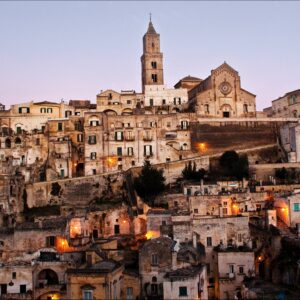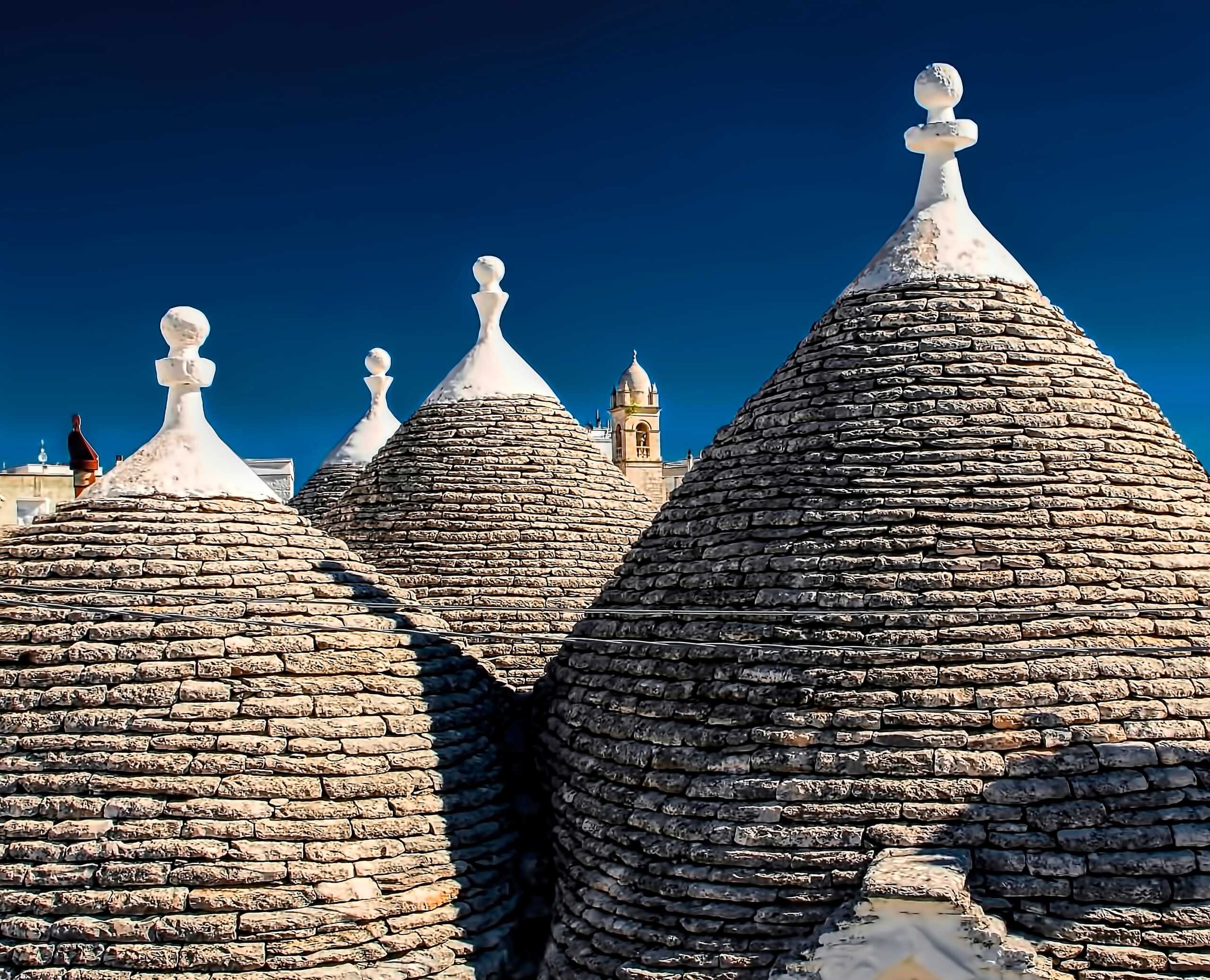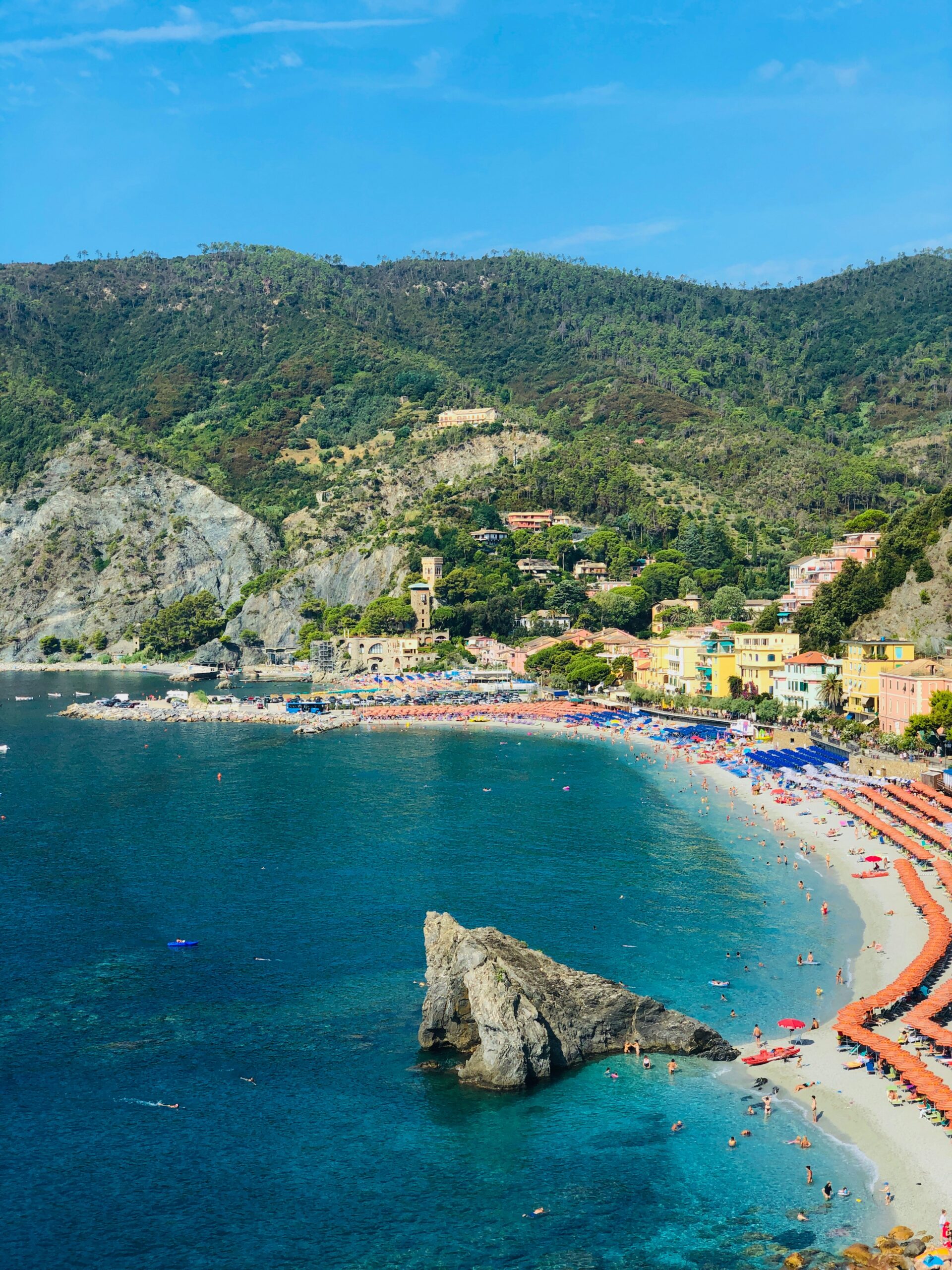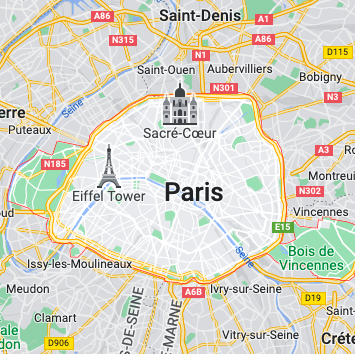The historic city of Rome is a treasure trove of rich history and cultural heritage. Not only is it the capital of the Roman Empire, one of the most powerful cities of the ancient world, but it is also a UNESCO World Heritage site.
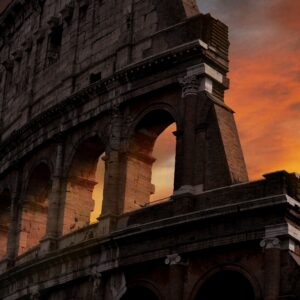 As you stroll through the streets of Rome, you are surrounded by iconic landmarks that tell the story of the city’s past. One such landmark is the Colosseum, a testament to the grandeur of the Roman Empire and its architectural prowess. Built in 80 AD, it was the largest amphitheater in the Roman world and could seat up to 50,000 people.
As you stroll through the streets of Rome, you are surrounded by iconic landmarks that tell the story of the city’s past. One such landmark is the Colosseum, a testament to the grandeur of the Roman Empire and its architectural prowess. Built in 80 AD, it was the largest amphitheater in the Roman world and could seat up to 50,000 people.
As you approach the Colosseum, the first thing that strikes you is its sheer size and grandeur. The walls rise high above you, and you can only imagine the thousands of people that would have filled the seats during its heyday. The Colosseum was used for a variety of events, such as gladiatorial contests, animal hunts, and mock sea battles. It was a place of entertainment and spectacle for the people of Rome.
The Colosseum is also an impressive sight to behold from an architectural standpoint. The Romans were master builders and the Colosseum is a prime example of their skill. The structure is made of concrete and stone, and the walls are adorned with intricate carvings and sculptures. The Colosseum is a true work of art and one that has stood the test of time.
For any history buff or architecture enthusiast, a visit to the Colosseum is a must. It’s an opportunity to step back in time and experience the grandeur of the Roman Empire. The Colosseum is a symbol of Rome’s past, and it’s a reminder of the city’s rich cultural heritage. So, as you stroll through the streets of Rome, take the time to visit this iconic landmark, and experience the history and beauty of the Colosseum.
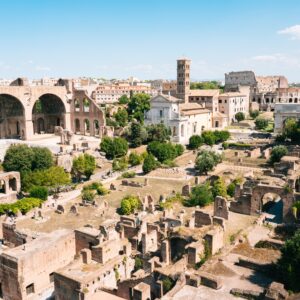
The Roman Forum, another iconic landmark in Rome, is a testament to the city’s rich history and cultural heritage. This ancient marketplace was once the center of political, economic, and social life in Rome. It was here that politicians made speeches, merchants sold their wares, and citizens gathered to hear the latest news.
The Roman Forum was also the site of many important events in the history of Rome, such as the triumphal processions of victorious generals and the coronation of emperors. It was also the location of the Senate House and the Temple of Saturn, where important decisions were made and laws were passed.
Today, the Roman Forum is a sprawling archaeological site where visitors can see the remains of ancient temples, basilicas, and other public buildings. The ruins of the Temple of Saturn, the Temple of Vesta, and the Arch of Titus are just a few of the many impressive structures that can be found here. Visitors can also see the remains of the Curia, where the Roman Senate met, and the Rostra, where politicians delivered speeches.
The Roman Forum is not just a place to see ancient ruins, but also a place to learn about the history of Rome and the role it played in shaping the world we know today. It is a place where the past comes to life and visitors can get a sense of what life was like in ancient Rome. Whether you’re a history buff or just looking for a unique way to experience Rome, the Roman Forum is a must-see destination.
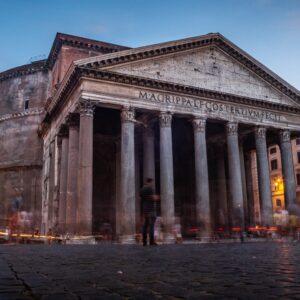
The Pantheon is a must-see for any history lover or architecture enthusiast visiting Rome. This ancient temple is considered one of the greatest architectural achievements of all time and is one of the best-preserved buildings from ancient Rome.
One of the most impressive features of the Pantheon is its dome. The dome is made of concrete and is the largest unsupported dome in the world. The dome is an engineering marvel, as it was built over 2,000 years ago and still stands today. It is a true testament to the skill and creativity of the ancient Roman builders. The dome is also adorned with an oculus, or a circular opening at the top, which allows natural light to flood the temple.
Visitors can also admire the Pantheon’s impressive columns and ornate carvings. The temple was originally built as a temple to all the gods, and it was later converted into a Christian church. Inside, visitors can admire the frescoes and sculptures that have been added throughout the centuries.
Overall, the Pantheon is a must-see for anyone visiting Rome. It is a true masterpiece of ancient architecture and engineering, and it is a testament to the skill and creativity of the ancient Roman builders. It is a unique opportunity to step back in time and admire one of the most impressive buildings from ancient Rome.
In conclusion, the historic city of Rome is a treasure trove of rich history and cultural heritage. Its iconic landmarks such as the Colosseum, the Roman Forum, and the Pantheon are a must-see for any history buff or architecture enthusiast. As a UNESCO World Heritage site, it is a testament to the city’s rich past and cultural significance. A visit to Rome is a journey through time, where you can witness the grandeur of the Roman Empire and the skill of its ancient builders.


